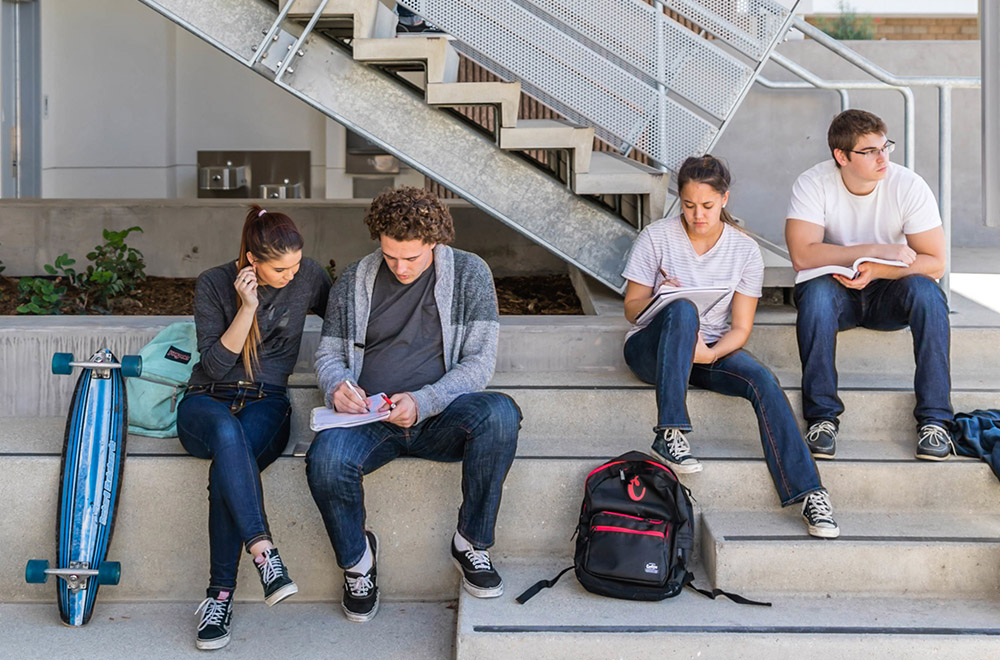California’s Coalition for Adequate School Housing (C.A.S.H.) 37th Annual Conference on School Facilities is February 22-24, 2016, and HMC’s Mary Morris, Julie Strauss, and Aaron Buehring will be speaking about topics ranging from bond programs, NextGen furniture, maintenance and operations, and classroom technology.
Monday, February 22, 2016
The REAL Inside Story of Successful (And Unsuccessful!) Bond Programs
Presented by William Savidge, K12 School Facilities; David Goldin, San Francisco USD; Mark Kelley, Dannis Woliver Kelley; Mary Morris, HMC Architects/School Advisors
There are identifiable factors that determine whether a bond program succeeds or fails, and many of them are within your control. A panel of seasoned professionals with decades of experience will outline the key approaches that must be taken for a program to succeed, and the critical things that a district must not do or risk disaster. We’ll look at sound master planning and program implementation strategies with realistic scope and budgets; prioritizing and enabling district staff; picking the right consultants with appropriate processes; developing and maintaining good relations with the public, media, Citizens’ Bond Oversight Committee (CBOC), and the Board; the right and wrong ways for project delivery; serious program controls and expenditure tracking; setting and following realistic project schedules; and understanding the metrics for success of your program. True inside stories will be shared, many without naming names.
Making the Change from LastGen to NextGen without Breaking the Facilities Bank
Presented by Aaron Buehring, HMC Architects; Katie Kinnaman, Los Altos SD; Wes Kriesel, Santa Ana USD
Most school districts have all the schools they’re going to have for the foreseeable future. And even when modernization and expansion dollars are available, they rarely go far enough. So how do you adapt the facilities you have–or plan your new ones should you be so fortunate–to support the NextGEN learners coming your way? Some districts are responding to the challenge by moving forward with affordable solutions that capitalize on the benefits of technology, involve only minor building changes, and inspire their teachers to embrace–and even champion–the transition. This workshop will feature educators who are not waiting for the facilities fairy and teacher turnover in order to make the move to student-centered learning. Using cost-effective methods such as space reorganization and reallocation, flexible furniture, and technology to bootstrap a LastGEN school into one that supports students of all learning styles, they are also bringing the faculty along. Workshop attendees will:
• Learn how technology and collaboration are reshaping learning models
• See cost effective approaches to creating NextGEN learning opportunities
• Hear how to inspire teachers to make the change to student-centered learning
• Explore how to future-proof your facilities to support learning methods we can’t even yet imagine
Tuesday, February 23, 2016
Maintenance & Operations 101 and 201
Presented by Julie Strauss, HMC Architects/School Advisors; Dennis Ziegler, Bonita USD
The goal and expectations of Maintenance and Operation (M&O) Departments is to provide a safe, effective, and well-maintained learning environment for all students. M&O Departments are often expected to oversee and collaborate on Deferred Maintenance, Routine Restricted Maintenance, Local Control Funding Formula, Proposition 39, construction, and Facilities Departments. Are we using all the tools in our toolbox to ensure M&O is addressing the maintenance needs of our district?
Wednesday, February 24, 2016
Keeping Up With Classroom Technology: How to Create Sustainable Oversight
Presented by Chris Petty, Clovis USD; Raj Najara, Clovis USD; Tom Rayburn, Rayburn Corporation | MaintenanceLogin; Julie Strauss, HMC Architects/School Advisors
Diverse departmental responsibilities, ever-changing technology, and budgetary constraints can complicate matters, if you let them. Our case study will show you one district’s methods to have standards; update them continuously for evolving technology and curriculum needs; budget for sustainability; staff for repairs (via LCAP); provide on-going staff development for maintenance and technology staff; set efficient interdepartmental strategies for communication; and tie into LCAP as a catalyst to bring it all together.
